|
It's a question we get a lot, especially when we have popular coffees such as Ethiopia or Kenya coming in. Although the logistical process is not difficult per se, it involves so many steps that this, make it complicated. Therefore, it requires proper planning and coordination. At each of these steps there is a risk for quality of the coffee to be affected if anything goes slightly wrong. As we know, the quality of coffee is determined by the quality of the harvest, i.e., how ripe the cherry is when it is removed from the coffee tree. This is the maximum point of quality in the production chain, after that, everything is deterioration, or at best, maintenance. The task of getting your coffee from the plant to your roastery is what we call coffee logistics. It is a process that consists of three main stages: production, preparation and export/distribution. Each of these stages contains a series of sub-stages or tasks that are carried out by a large number of people and/or machinery. It is also important to note that a number of customs, legal and sanitary rules and regulations must be complied with. Furthermore, in our role as importers or buyers of green coffee, we must ensure that the highest quality standards are met at each of these stages.
0 Comments
We recently saw on social media that a roastery was promoting an Ethiopian coffee, emphasising that the altitude of 2,000m above sea level at which it was grown was impressive!!!! And this made us think about how incomplete the information we receive is and how little is known about all the factors that influence the cultivation of coffee and its impact on quality. Because altitude alone does not tell us much, if it is not accompanied by latitude (location of the place where the coffee has been grown with respect to the Equator), microclimate, soil quality, species, variety, process, etc. All this information boils down to the need to produce denser coffee beans. Density in coffee is synonymous with quality, because a bean grown at the right altitude and latitude is most likely to grow in a cold microclimate with less oxygen, which will slow down the ripening of the cherry on the plant. Slow ripening is essential to produce quality coffees, because the longer the cherry spends on the plant, the more sugars the cherry will absorb during its development and the more complex its flavour will be.
The long journey of coffee has come to an end. It has been several months of arduous effort in which thousands of hands have worked together for a single goal, the production of coffee of the highest possible quality. Although the logistical situation has improved compared to last year, the departure from Ethiopia to Djibouti is chaotic and slow, which risks affecting the quality of the coffee and its moisture content. Ethiopia, the world's second largest producer of "arabica only" after Colombia, has only one harvest per year and in a very limited period of time. Producing so much coffee in such a short time is a major challenge, especially when there are deficiencies in such important aspects as infrastructure, capital flows, inflation, climate change and the lack of organisation so characteristic of Africa, but particularly present in Ethiopia.
When it comes to the selection of Ethiopian coffees, the possibilities of flavours, fragrances, and aromas are virtually endless. Cup profiles are so varied that most importers or roasters do not expect a specific profile for an Ethiopian coffee. The same does not hold for origins such as Kenya or Sumatra, where roasters are looking for berries or chocolate, respectively. From a sensorial perspective, the acidity of Ethiopian coffees is as diverse as the number of acid components that a coffee bean has. Like sweetness, cleanliness and texture, acidity is fundamental in our sensory analysis and selection work. It is important to note that in the long journey of coffee from the plant to the cup, the acidity and all the sensorial attributes can be modified, enhanced, damaged or eliminated.
Is specialty coffee a trend of experimental fermentations or a movement that seeks to generate profound changes in the way coffee is marketed in the world? What do we gain by talking so much about experimental fermentations if they rarely achieve exceptional cups? Can experimental fermentation really improve the quality of a poorly harvested lot? Are the experimental fermentations fully controlled or are there random elements that influence their final result? Apparently today it is no longer enough to produce washed, natural or honey coffees; A very good lot of washed Bourbon variety from Burundi seems to have lost its charm. In our opinion, there is something wrong with this industry, if we have to put orange peel or cinnamon sticks to add flavours to a lot! Fermentation in specialty coffees has never been and will never be controlled, at least until the day when the entire productive structure at origin is modified, and a technological level such as the one that exists today in the wine industry is reached.
Grafting is a horticultural technique whereby plant tissues are joined together to continue growing together. The upper part of the combined plant is called the stem, while the lower part is called the rootstock. The Ruiru 11 variety was released in 1985. The name of the variety has the prefix "Ruiru" which refers to the location of the Kenya Coffee Research Station where the variety was developed. The variety is not only resistant to CBD and CLR, but is also compact, allowing farmers to intensify production per unit of land.
Ethiopia exported 148,882 tons of coffee during the first six months of the current marketing year from August 21 to January 22, generating $578 million, 20% more than projected, according to the Ethiopian Coffee & Tea Authority.
Germany was the major importer of the highly-sought beans for the period followed by Saudi Arabia and Japan. This is important, because there are 5 different grades that are allowed to be exported from Ethiopia, so we need to understand the difference between them. Pseudoscience is a tendency to make claims without any scientific basis. For example, anti-vaccine activism can cause people to forego proven medical treatments, which can lead to death or serious health problems.
In our beloved industry, unfortunately, we often come across "pseudo-scientists" who make assertions that are not based on scientific methodology, but rather are based on "coffee mythology" (if such a thing exists), or ideas that are more fabrication of the industry, than serious scientific studies regarding a given topic. Let's take the concept of a cup profile for a minute. How on earth, could someone assure what the cup profile of a given origin is? The good news about Uganda is that there is great potential. Probably you have heard this many times, and I am sure that nobody reading this article, has ever cupped an outstanding Ugandan lot.
So, where is all that potential when it comes to cupping? 1. What is memory?
Memory is the process through which we obtain, store, retain and access information. Human beings are capable of perceiving reality through experiences, which we classify and store. This process allow us to survive, cause if we were not able to access past experiences to decode the new ones, we would be living each day in a constant chaotic state of wonder, terror, happiness or stress. Memory in simple words, simplifies our life and balances our central nervous system. |
Archives
April 2024
Categories
All
|
- What We Do
- Que Hacemos
-
Origins
-
Orígenes
- Education
- Educación
- Contact
- Contacto
- Home Roaster Store
- Tienda del Home Roaster

|
Copyright © 2015-2024 | Kilimanjaro Specialty Coffees España S.L.U. All Rights Reserved.
|
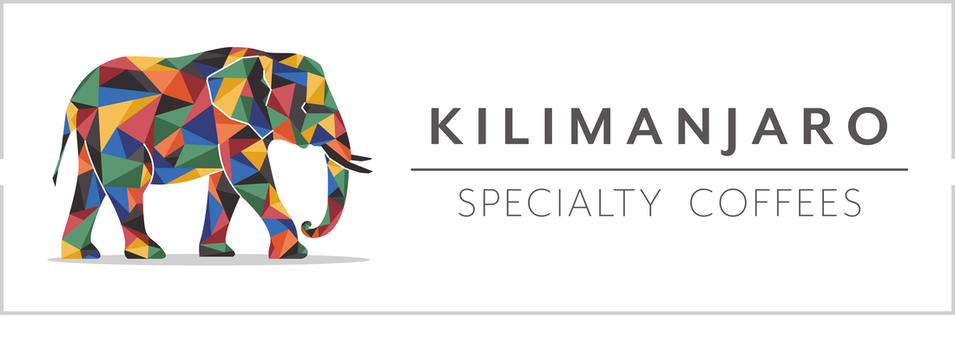
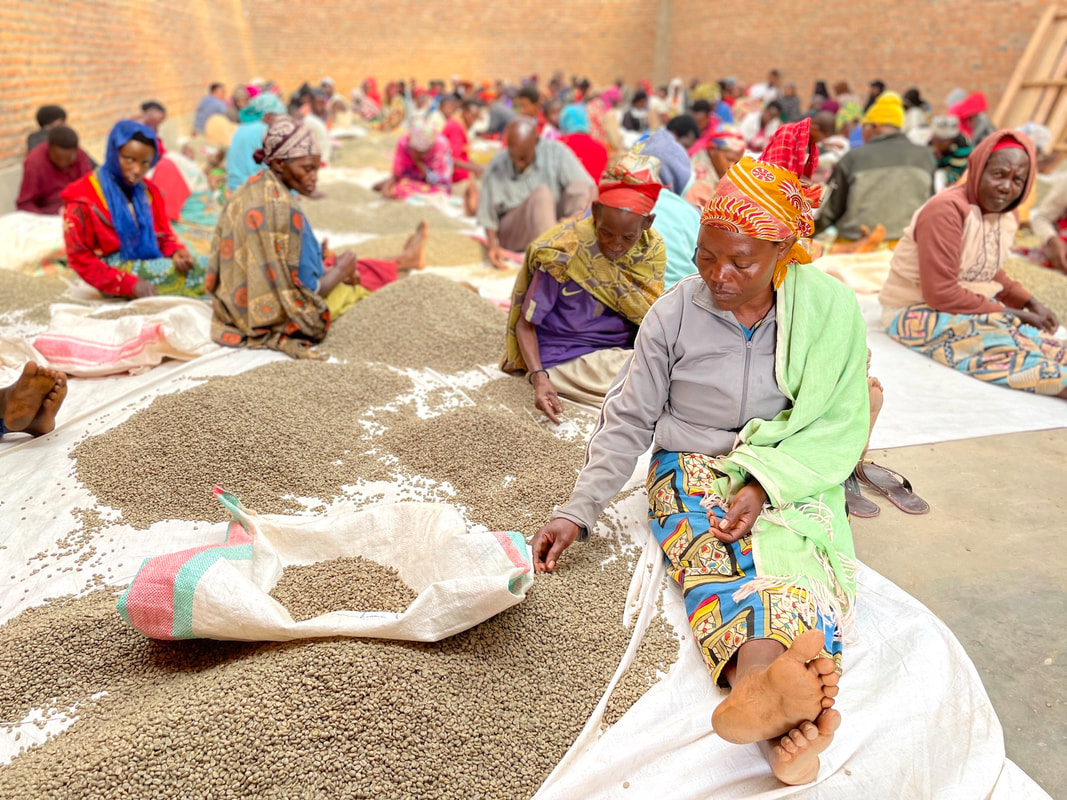
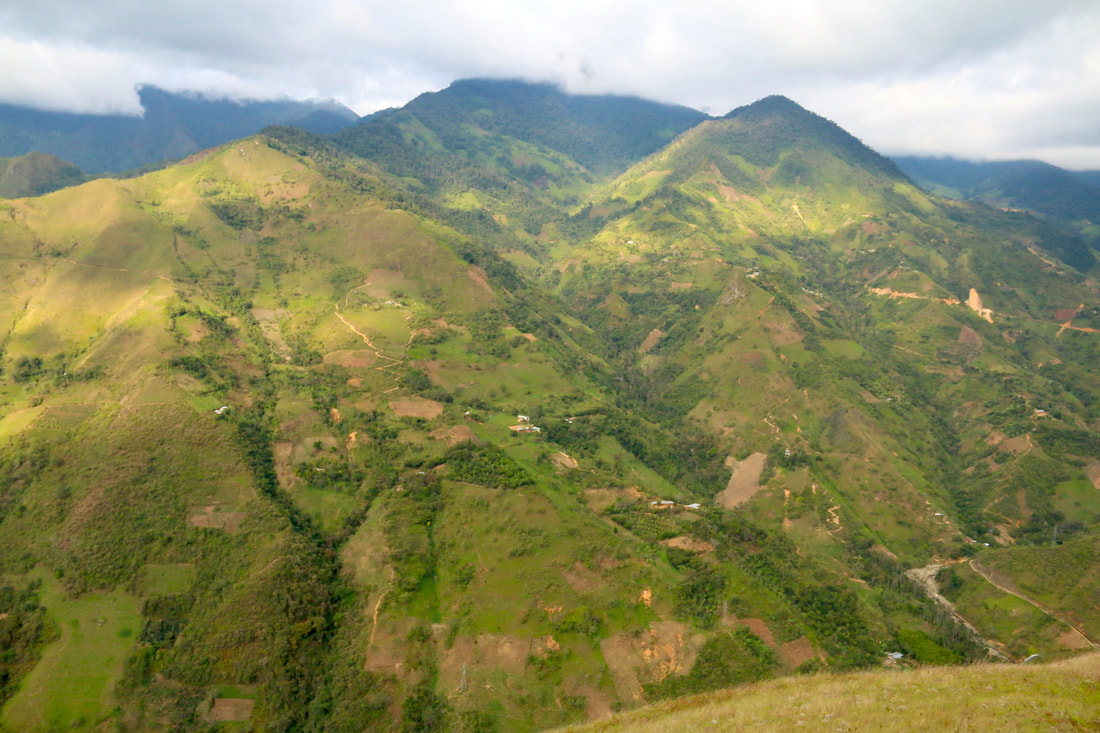
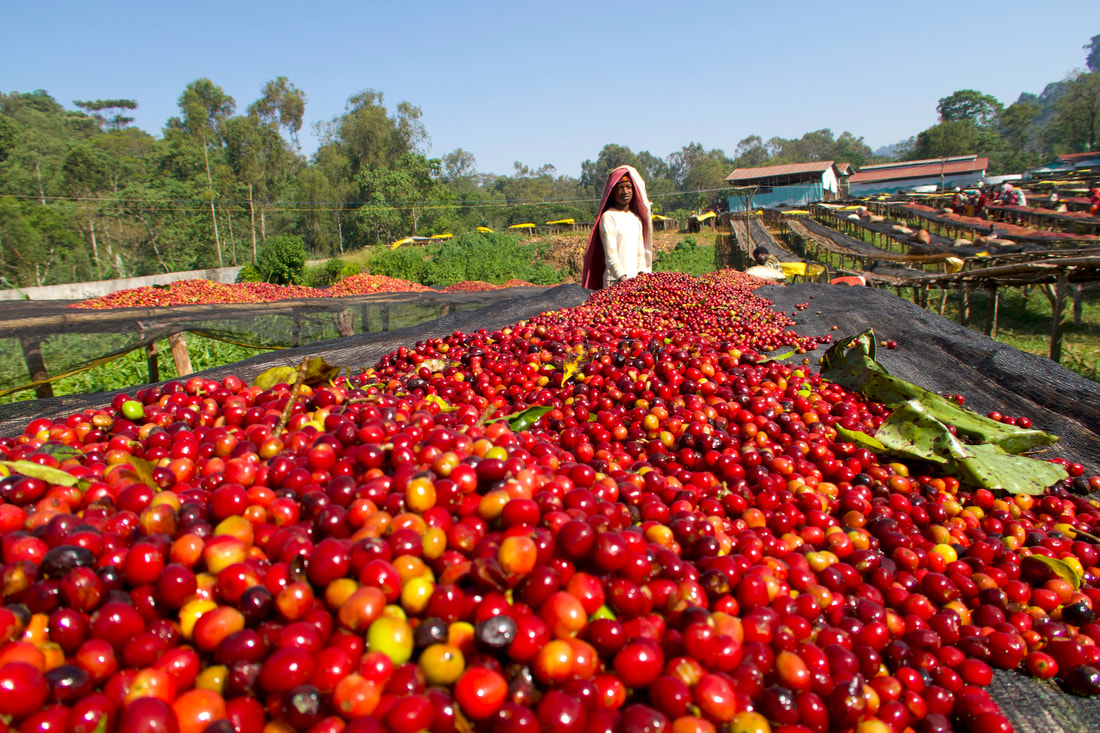
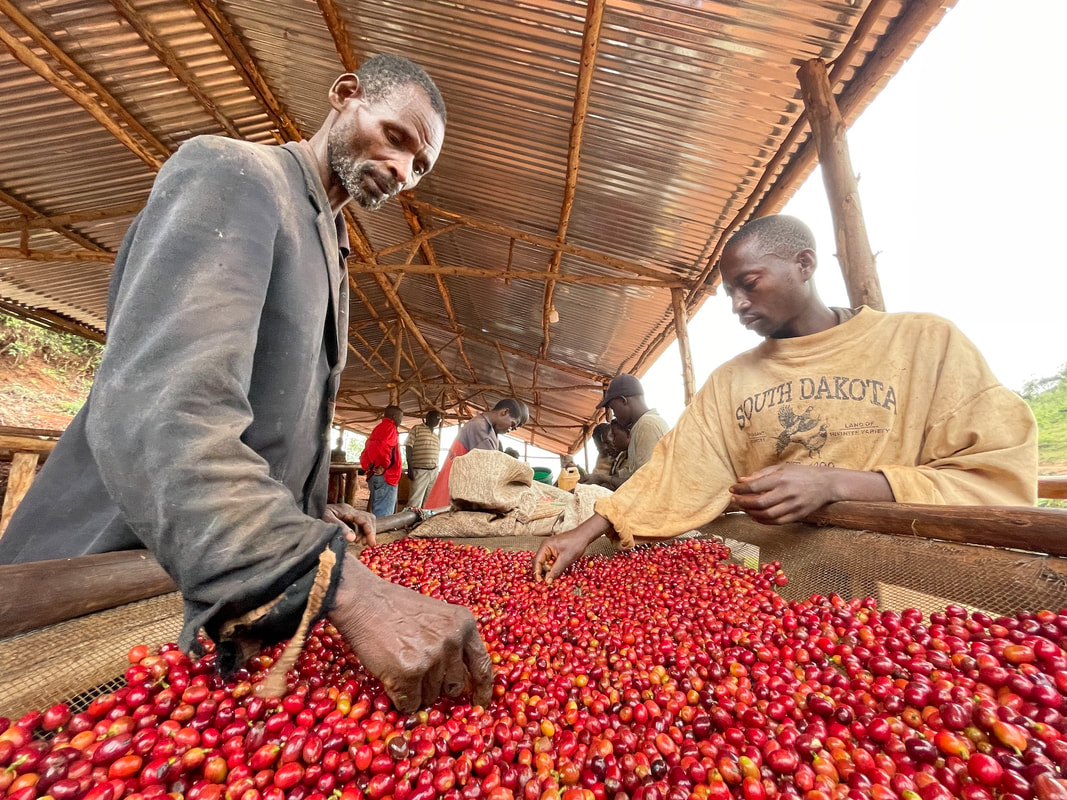
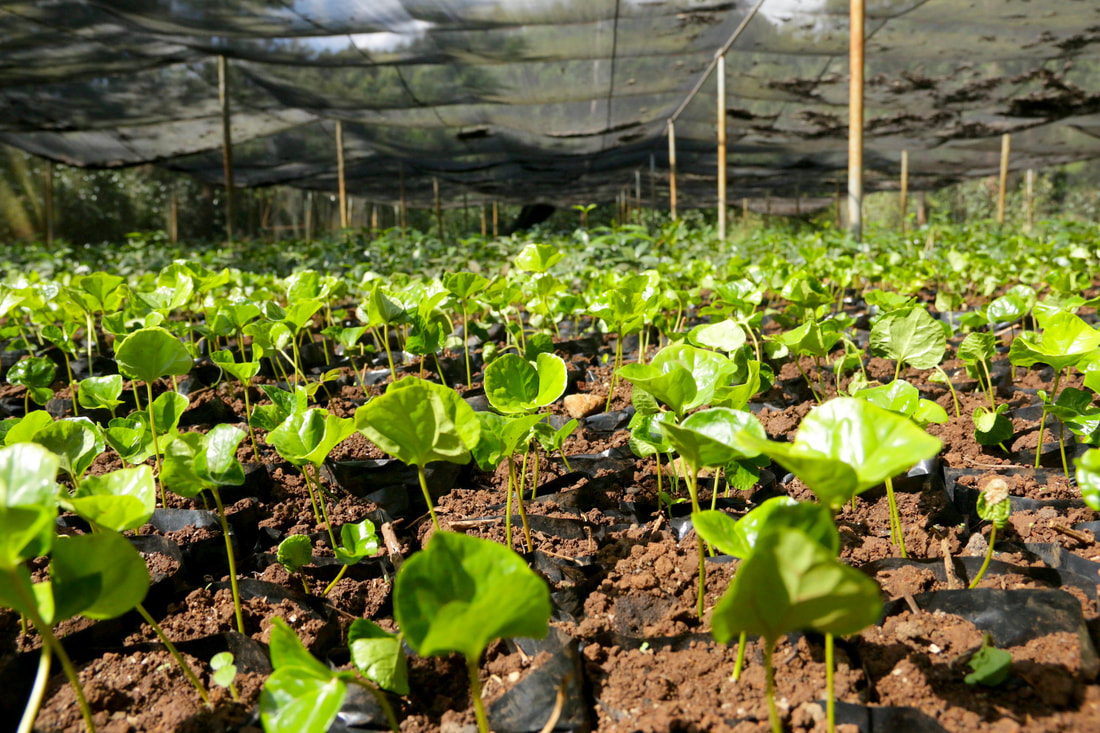
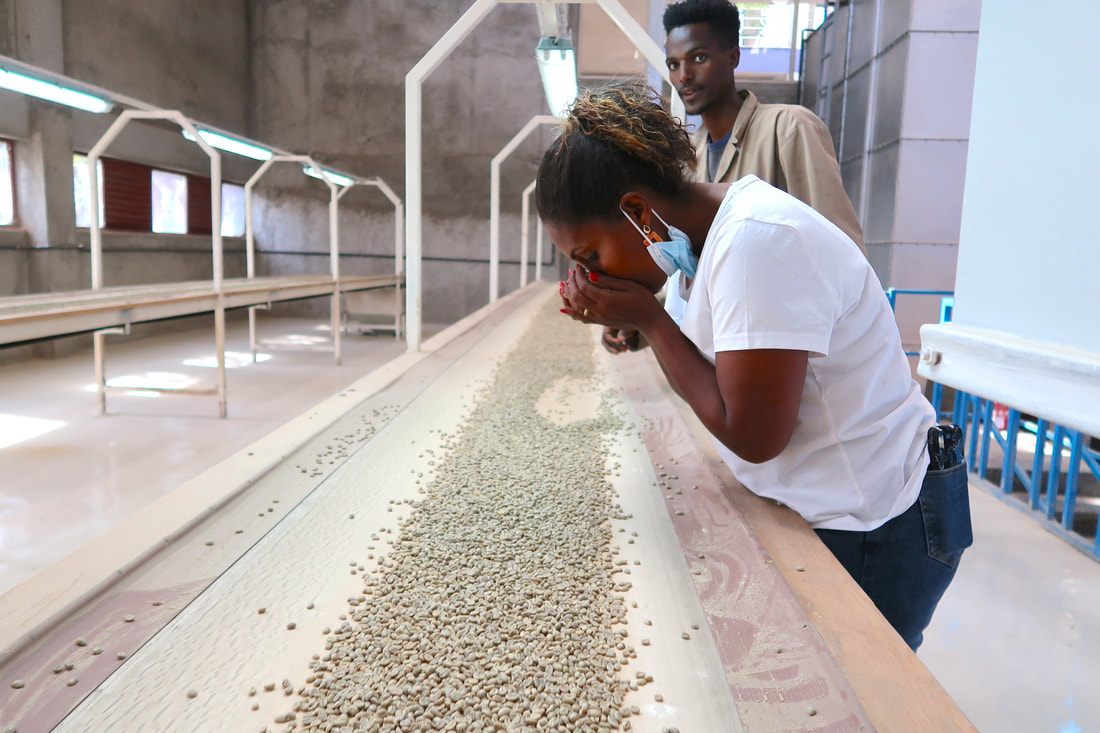
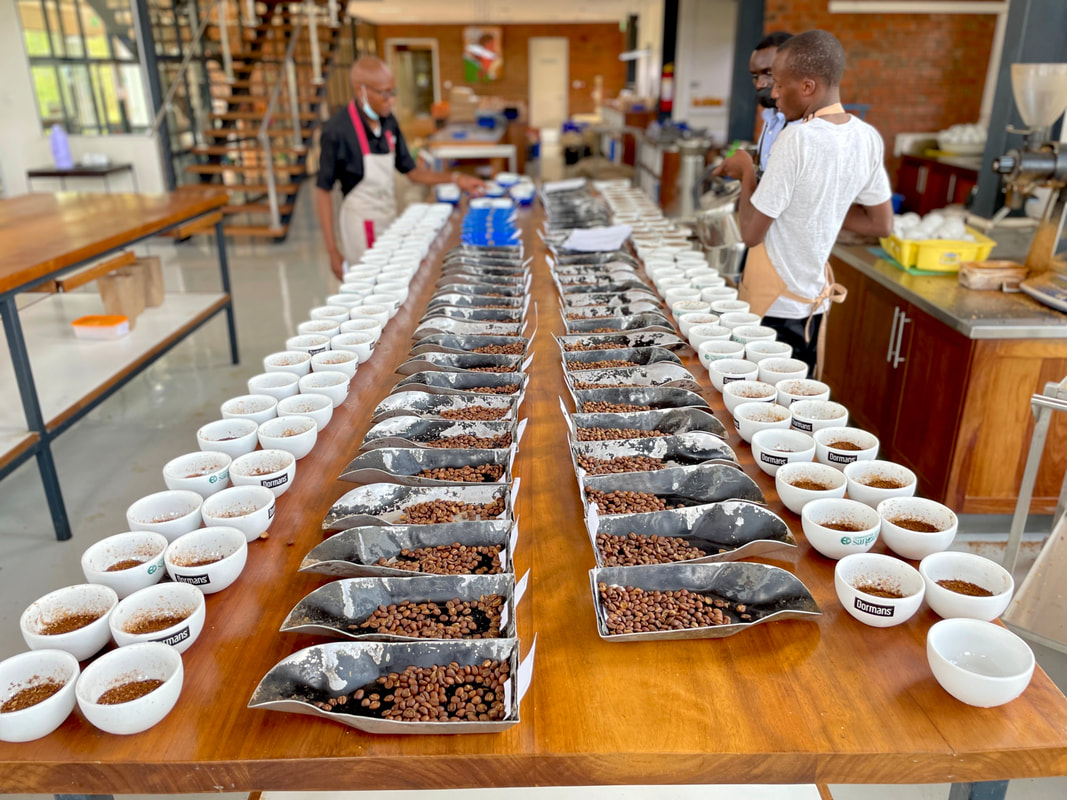
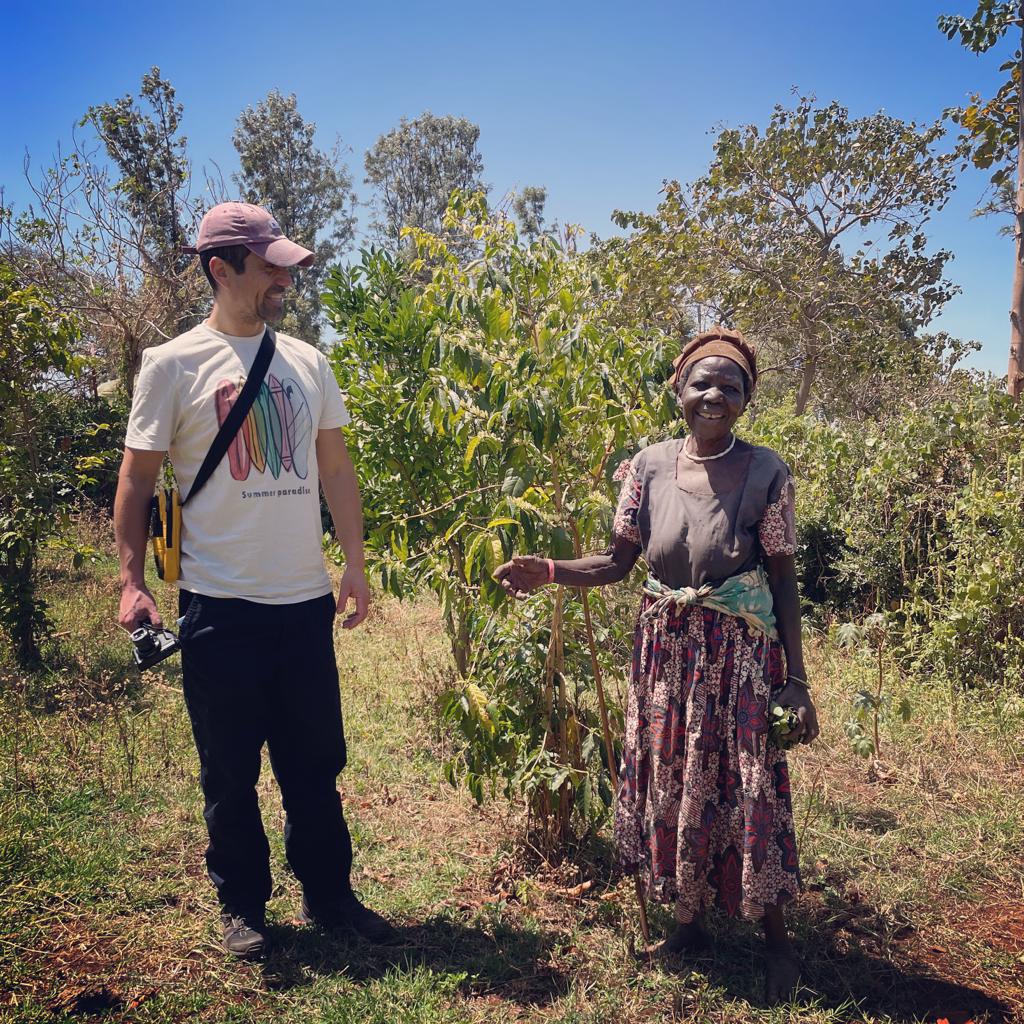
 RSS Feed
RSS Feed